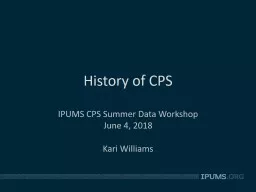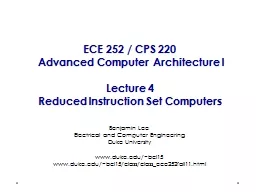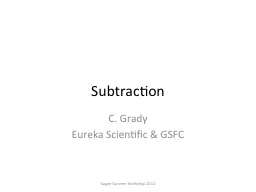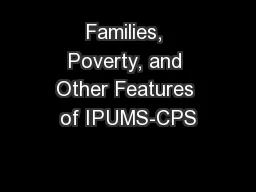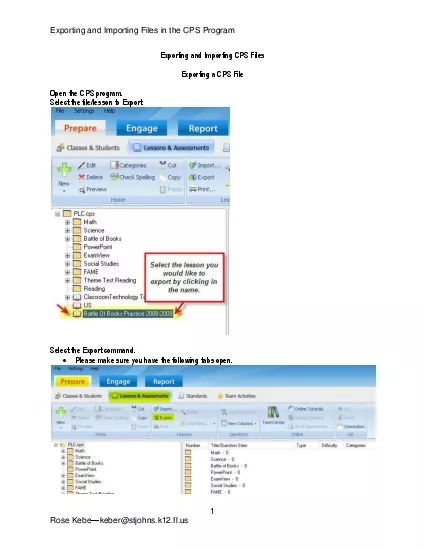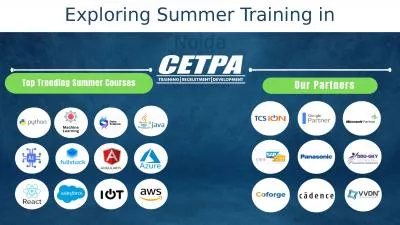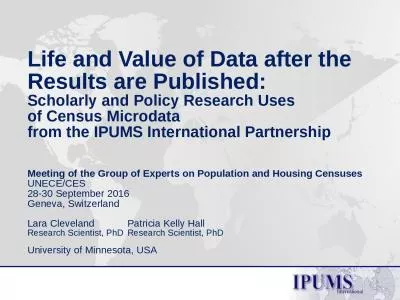PPT-History of CPS IPUMS CPS Summer Data Workshop
Author : danika-pritchard | Published Date : 2018-09-19
June 4 2018 Kari Williams Forerunners of CPS Major Milestones CPS Today IPUMS CPS Redesigns Linking Outline Courtesy of the Library of Congress Forerunners of the
Presentation Embed Code
Download Presentation
Download Presentation The PPT/PDF document "History of CPS IPUMS CPS Summer Data Wor..." is the property of its rightful owner. Permission is granted to download and print the materials on this website for personal, non-commercial use only, and to display it on your personal computer provided you do not modify the materials and that you retain all copyright notices contained in the materials. By downloading content from our website, you accept the terms of this agreement.
History of CPS IPUMS CPS Summer Data Workshop: Transcript
Download Rules Of Document
"History of CPS IPUMS CPS Summer Data Workshop"The content belongs to its owner. You may download and print it for personal use, without modification, and keep all copyright notices. By downloading, you agree to these terms.
Related Documents

